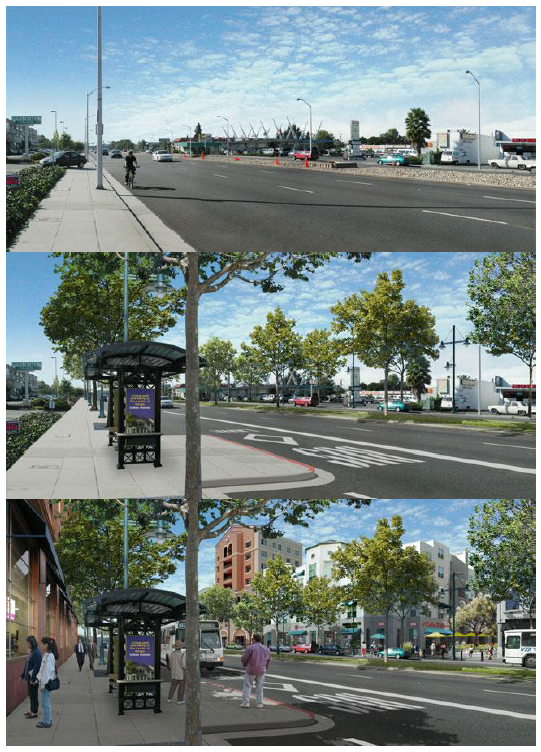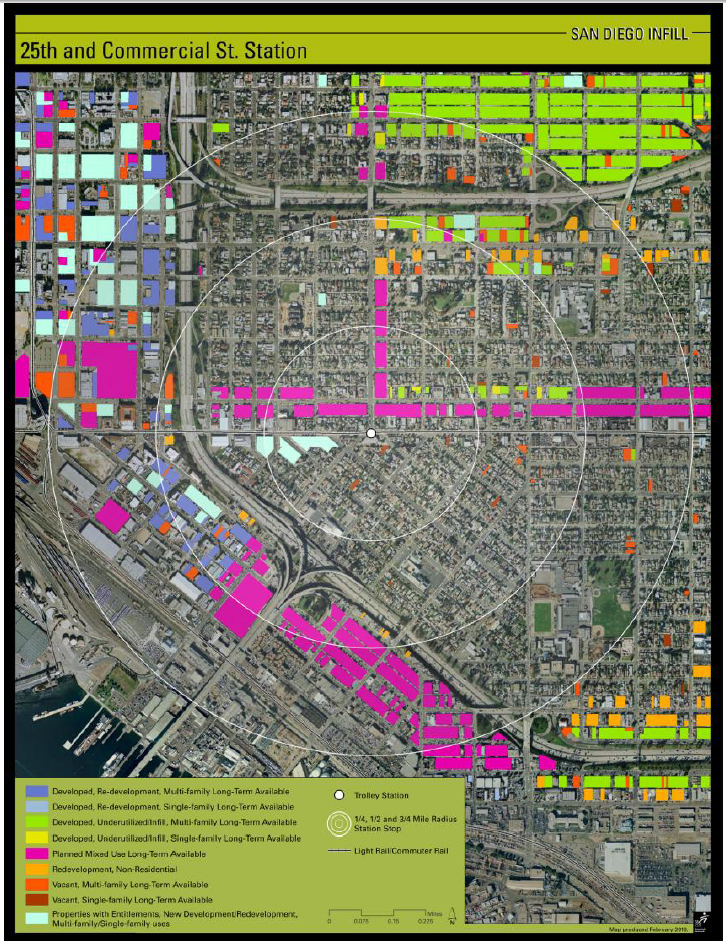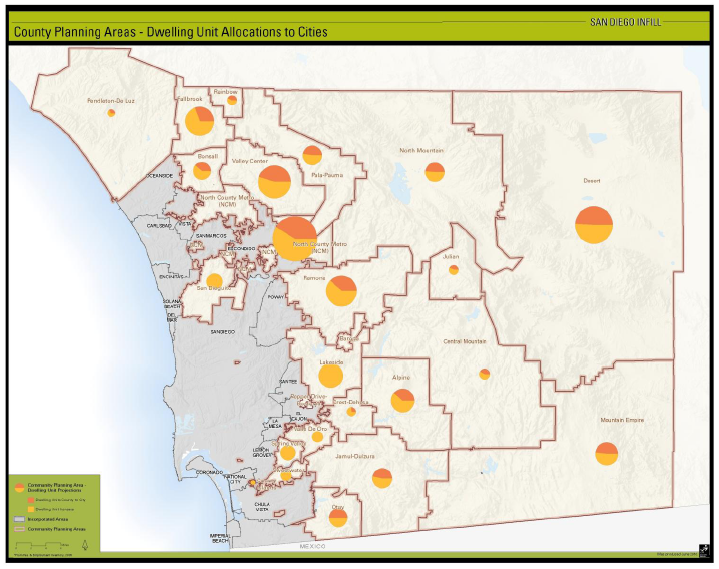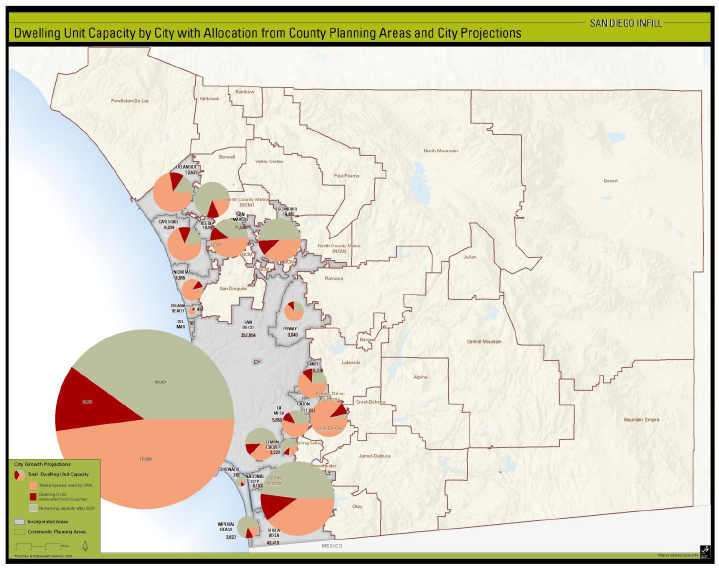CLEVELAND NATIONAL FOREST FOUNDATION
GREENINFO NETWORK
Summary
In order to protect natural systems and rural landscapes, as well as to ensure urban growth occurs primarily in incorporated areas, it is reasonable for the County of San Diego to consider a growth alternative in its General Plan process that reduces by approximately two-thirds the number of housing units current proposed for unincorporated areas and to re-allocate these units to cities within the County. Such a scenario would, by 2030, still leave substantial residential capacity in cities for future growth needs.
1. INTRODUCTION
The purpose of this project is to provide an assessment of whether it is reasonable to shift significant anticipated growth from unincorporated areas of San Diego County into existing cities in the County, in order to lessen pressure on important natural resources, reduce sprawl and foster compact and more sustainable development. This memorandum outlines the findings of this assessment.
The San Diego County proposed General Plan Update has been used, in consultation with CNFF, to determine what growth might be redirected. Data from the San Diego Association of Governments (SANDAG), has been used to assess the feasibility of allocating that increment of growth to existing cities.
…
4. VISUALIZING DEVELOPMENT CALLED FOR INFILL SCENARIO
The SANDAG Employment and Residential Inventory defines many types of residential growth in evaluating capacity. The following is a list of five general residential types that applied to the cities of San Diego in this assessment:
- Infill development of some single family and multi-family sites
- Redevelopment/conversion of some single family sites to multi-family units
- Conversion of some mobile home parks to single family or multi-family unit development
- Conversion of some employment sites to residential or mixed uses
- Development of vacant land – single family, multifamily or mixed use development on “greenfield” sites that are currently undeveloped
These types of residential development are all common in San Diego and most California metropolitan areas, where urban housing is being built at rising densities.
The Alternative Growth Scenario outlined in this report is, like most of the SANDAG Regional Comprehensive Plan, based on these types of housing growth as defined more fully in the Employment and Residential Inventory report. The adjacent figure, entitled 25th and Commercial Street Station, provides a visual representation of this type of infill development. This graphic shows the particular parcels and their residential capacities, around a potential transit station just east of downtown San Diego.
The simulation presented on the following page provides an example of how a typical suburban corridor could be redeveloped with urban scale housing and retail/commercial uses. These simulations are widely used to help policy makers and citizens alike realize the great transformations that can turn currently desolate areas into vibrant urban places.

Simulation of how a commercial street might be developed into an urban center (simulation by Urban Advantage – www.urbanadvantage.com)
Download full report (PDF): An Alternative Development Scenario for San Diego County
About Cleveland National Forest Foundation
www.cnff.org
“The Cleveland National Forest Foundation is made up of private citizens who believe that action must be taken to protect the remaining undeveloped lands within the forest, as well as those lands whose future may impact the integrity of the wilderness. We are not political. We are dedicated to preserving land and educating the public. Our goal is to acquire or help to maintain privately held land that’s still in its natural state and preserve it in perpetuity.”
About GreenInfo Network
www.greeninfo.org
“GreenInfo Network is a non-profit organization founded in 1996 to support other public interest organizations and public agencies with computer mapping and related information technology. Using Geographic Information Systems (GIS) software and other tools, GreenInfo Network aides approximately 80 groups a year on a wide range of projects, covering environmental protection, land use, social justice, public health and other matters. With its twelve professional staff, GreenInfo Network has assisted over 300 organizations and agencies since its founding.”
Tags: CA, California, Cleveland National Forest Foundation, CNFF, GreenInfo Network, Housing, San Diego









 RSS Feed
RSS Feed